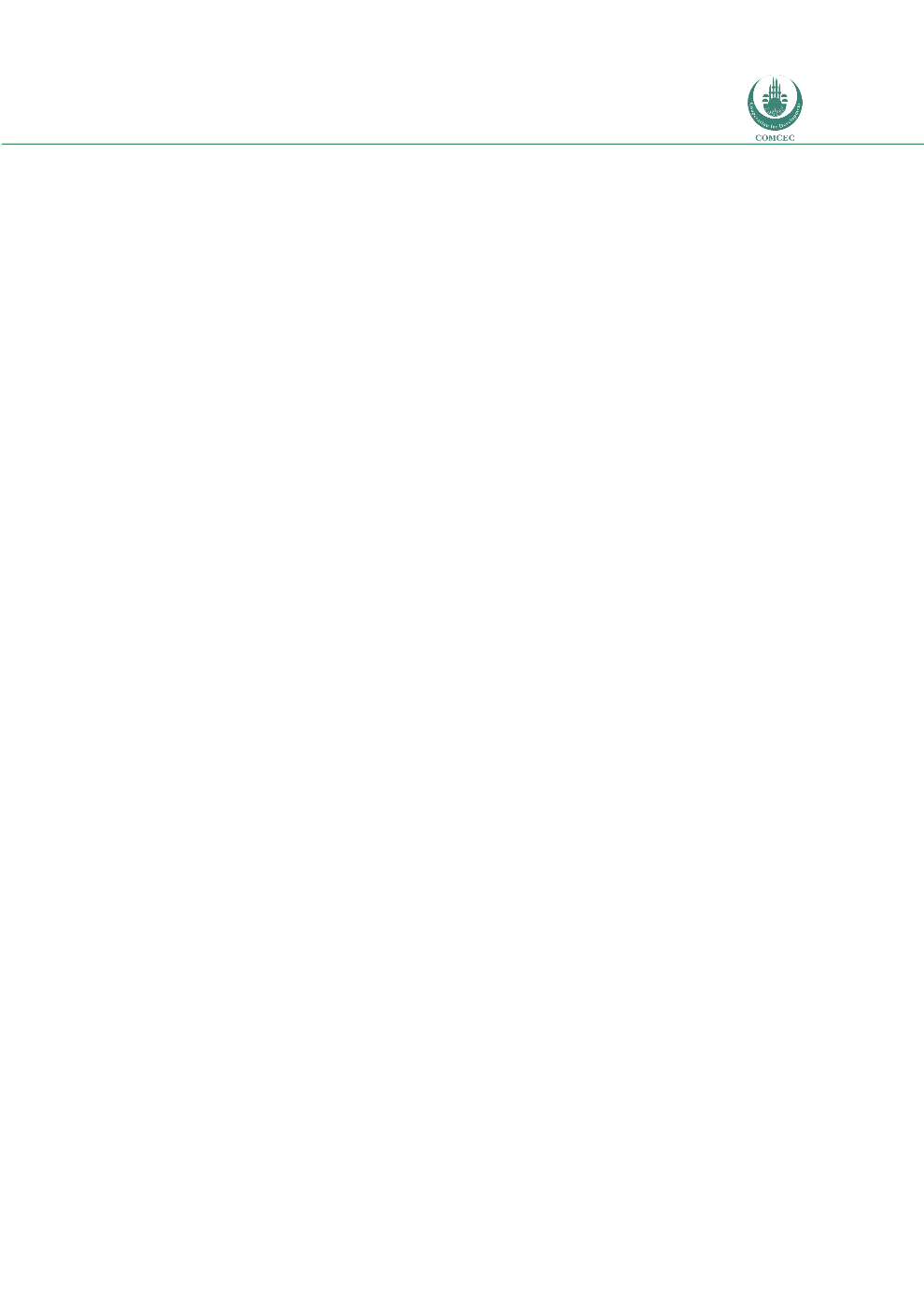

Risk Management in
Islamic Financial Instruments
43
CHAPTER
3:
ISLAMIC
RISK
MANAGEMENT
INFRASTRUCTURE
This chapter begins with a brief discussion of the national financial architecture and
infrastructure that governs Islamic finance in general and in five countries with growing
Islamic finance markets. In the following sections, discussions are focused on institutional
development, infrastructure development, capital market development, best practices in risk
management in Islamic finance, liquidity management, Shariah compliant lender of last resort
facilities and dispute management issues in Islamic finance.
3.1. NATIONAL FINANCIAL ARCHITECTURE AND INFRASTRUCTURE
As the IFSI has grown and developed to take up more of the market share in the overall
financial industry, the more important it has become for IIFS to adhere to international
standards.
3.1.1 Financial Stability Infrastructure
Actors in both the conventional financial industry and Islamic financial industry have
produced reports and other publications integral in shaping the infrastructure framework for
Islamic finance. The Financial Stability Board is an international institution that monitors the
global financial system and promotes the implementation of effective policies.
The FSB has issued regulatory reforms on the over-the-counter (OTC) derivatives market in
2010, resolution regimes in 2011, and deposit insurance systems in 2012. These three reports
are especially pertinent to the Islamic finance industry. OTC derivatives are an
underdeveloped and underutilized instrument amongst IIFS, but IIFS do desire to utilize OTC
derivatives. The ISDA/ IIFM Tahawwut (Hedging) Master Agreement establishes the legal
framework for the use of OTC derivatives in the Islamic market. However, the most recent
global economic crisis has starkly shown that financial industry leaders cannot throw caution
to the wind when attempting to profit from OTC derivatives.
The use of derivatives was considered a major factor in causing the global financial crisis since
their damaging, negative effects on an interconnected global economy was not fully
comprehended. As a result, IIFS may want to be more cautious in using OTC derivatives and
allow for sufficient transparency and regulatory oversight. Resolution regimes seek to
mitigate the impact of a failing financial institution that may result in significant harm to the
overall financial system and the public. According to the FSB’s report
Key Attributes of Effective
Resolution Regimes for Financial Institutions,
critical features of resolution regimes include
cross-border cooperation, crisis management groups, resolvability assessments and recovery
and resolution planning. The IFSB stated that resolution regimes would allow for a “more
credible and disciplined IFSI (47).” The third regulatory reform is in regards to the deposit
insurance systems. Islamic deposits make up a small fraction of the total deposits in the global
financial system. An effective framework that supports protection to depositors and minimizes
reliance on a government to keep failing banks afloat could strengthen the system. FSB

















